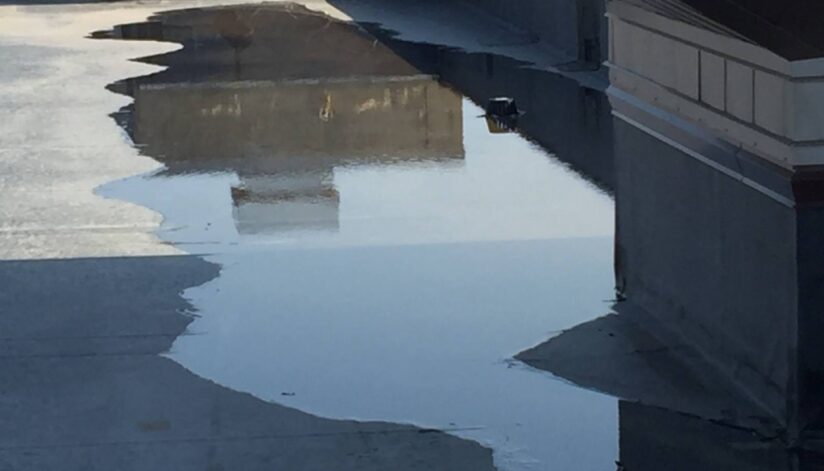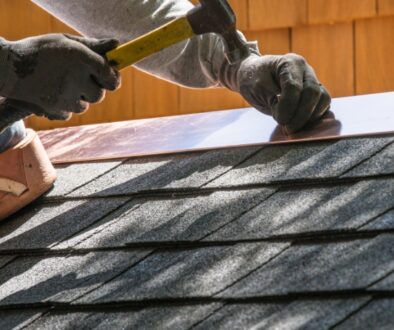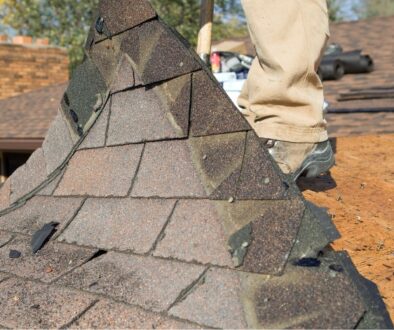Preparing Your Commercial Roof For The Spring Thaw
Commercial roofs—especially flat commercial roofs—face unique challenges during the spring thaw in the La Crosse, Wisconsin area. Snowmelt, fluctuating temperatures, and leftover winter damage can lead to issues like pooling water, leaks, and structural wear. To protect your building and avoid costly repairs, it’s important to take a proactive approach. Here’s what business owners and facility managers should focus on to keep their commercial roofs in top shape and avoid spring thaw roof damage.
1. Inspect for Winter Damage
Winter can be tough on commercial roofs, especially in the Coulee Region’s freeze-thaw cycle. Start the season with a thorough inspection to identify any damage before it worsens.
- Check for cracks or blisters – Cold temperatures can cause roofing materials to contract and expand, leading to cracks and surface blisters.
- Look for loose or damaged flashing – Flashing around vents, HVAC units, and edges can loosen due to snow and ice movement, creating entry points for water.
- Examine the roof membrane – If your flat roof has a rubber (EPDM), TPO, or modified bitumen membrane, inspect for punctures or seams that may have separated.
2. Address Pooling Water
Flat roofs are more prone to pooling water. Standing water can weaken roofing materials and lead to leaks if left unaddressed.
- Ensure drains and scuppers are clear – Blocked drains prevent proper water flow, causing water to collect in low areas.
- Check for low spots – If you notice water pooling in the same areas after every rain or thaw, you may need to have those areas re-leveled or reinforced.
- Consider installing tapered insulation – This helps direct water toward drainage points and reduces the risk of standing water.
3. Inspect and Maintain Your Gutters and Drains
Proper drainage from your business’ building is crucial to avoid spring thaw roof damage, as melting snow and frequent rain can overwhelm an unprepared system.
- Clear out debris – Leaves, ice, and dirt can clog drains, causing backups and water overflow.
- Check for damage – Ice buildup can crack gutters or pull them away from the roofline, affecting water flow.
- Ensure downspouts are directing water away from the building – Pooling water near the foundation can cause long-term structural issues.
4. Evaluate Ice Dam Damage
Ice dams form when melting snow refreezes at roof edges, blocking proper drainage and forcing water under roofing materials. Even if the ice is gone, it may have caused damage that needs repair.
- Look for water stains inside the building – Ceiling stains or damp insulation can be a sign of past leaks from ice dams.
- Check for warped or deteriorating roofing materials – Ice dam pressure can weaken the roof surface, requiring patching or reinforcement.
- Improve insulation and ventilation – Preventing uneven roof temperatures helps reduce future ice dams.
5. Schedule a Professional Roof Inspection
Even if no major issues are visible, a professional inspection can catch hidden damage before it turns into a costly problem. An expert will check the overall roof condition, identify weak spots, and recommend necessary maintenance to extend your roof’s lifespan.
Protect Your Investment with Ledegar Roofing
Taking the time to inspect and maintain your commercial roof can prevent spring thaw roof damage including leaks, structural damage, and expensive repairs. Ledegar Roofing specializes in commercial roofing services for businesses in La Crosse, West Salem, Sparta, and surrounding areas. Whether you need an inspection, repairs, or long-term maintenance, our experienced team is here to help.
Contact Ledegar Roofing today to schedule a spring roof inspection and ensure your commercial property is ready for the season ahead.




